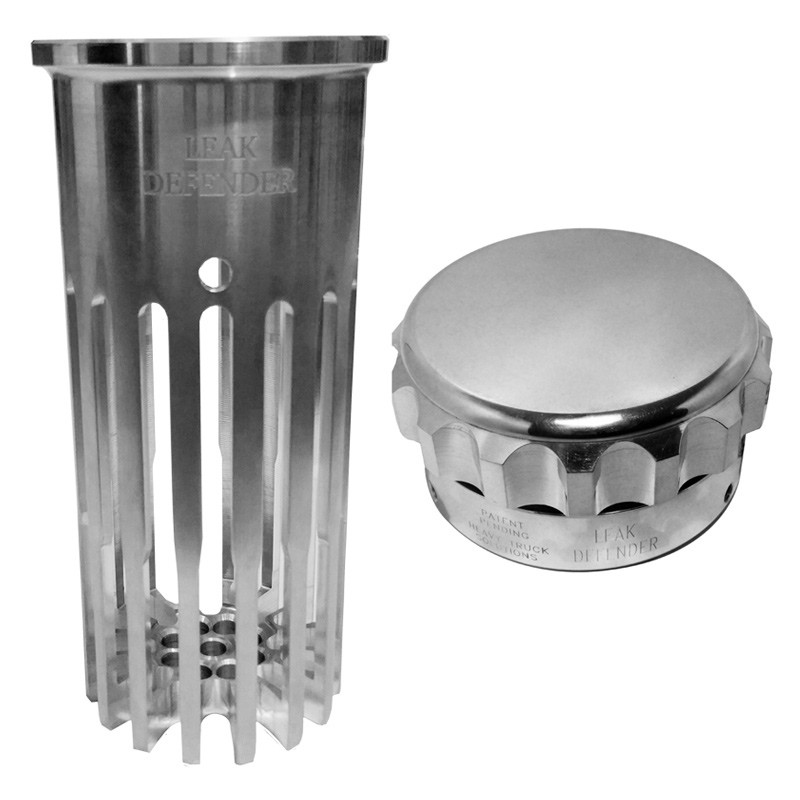

Cranking the ignition will force the fuel to flow through the hose. Next, insert the siphon hose into the fuel line, which is located on the right side.

This is attached to the gas tank by a metal clamp. A similar process can be performed to defeat anti-siphon devices in cars.īypassing the anti-siphon device in cars requires mechanical skill and knowledge. It also includes a coupling element and one or more radial arms. This anti-siphoning element obstructs the siphoning hose in the fill tube. Be aware that this method is not safe for every vehicle.Īn anti-siphoning element is typically coupled to the first and second fill tubes to prevent fuel siphoning. A sharp piece of metal can puncture the screen, causing sparks, a flash, and even a human torch impression. Be careful since fuel vapor is highly flammable, so the metal rod must be long and thin. To destroy an anti-siphoning device, insert an elongated metal rod into the fill tube. This will make it nearly impossible for a thief to insert a tool into the filler tube without damaging the device. In addition, some anti-siphon devices can be as subtle as a bend in the tube or as subtle as a radius. These systems are installed on the filler tube and prevent a theft attempt by hindering the ability of thieves to insert a pipe into the tank. Defeating anti-siphon devicesĭefeating anti-siphon systems in cars is a relatively simple process that can help to keep a car fuel tank safe. So if the gas in your car is siphoned, the device will prevent it from continuing. They work by blocking the fuel intake pipe with a three-prong tube case that contains a coiled hourglass spring. These devices prevent fuel from siphoning out of a car’s fuel tank. When did anti-siphon devices start appearing in cars? It was around the late 1980s and early 1990s.


 0 kommentar(er)
0 kommentar(er)
